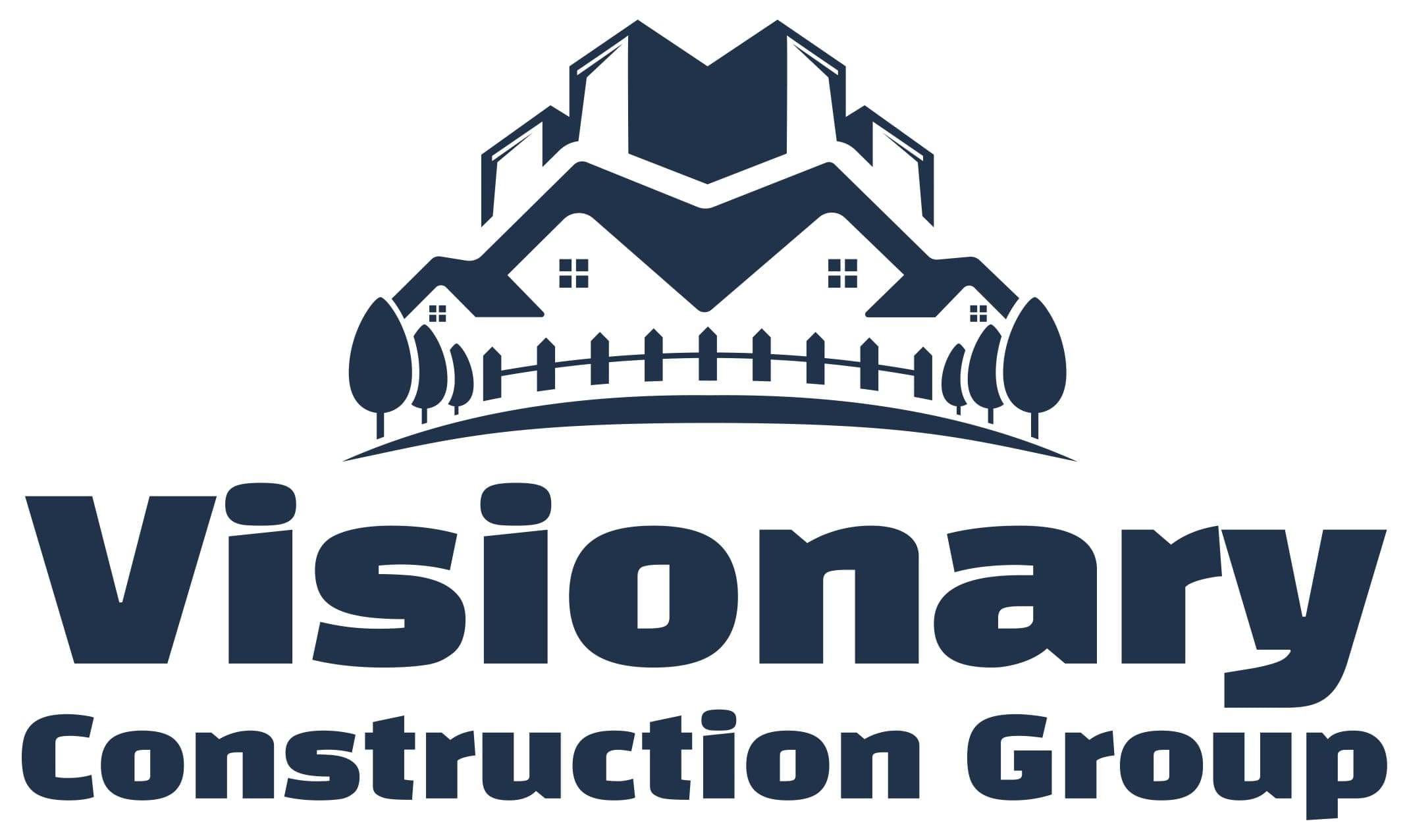In today’s competitive retail environment, attracting and engaging customers is more challenging than ever. The key to standing out lies in how you design your retail space. A well-executed renovation can breathe new life into your store, creating an environment that attracts customers and encourages them to linger, explore, and ultimately purchase. In this article, we’ll explore the essential elements of retail renovations and how they can be used to create spaces that captivate and engage customers.
The Importance of Retail Renovations
Retail renovations are more than just a facelift; they invest in your brand and customer experience.
Understanding the Modern Retail Landscape
The retail industry has undergone significant changes in recent years. With the rise of e-commerce, brick-and-mortar stores must offer something unique to draw customers away from online shopping. This shift has made it essential for physical stores to provide an experience beyond the transaction.
Why Retail Renovations Matter
A well-planned retail renovation can transform your store into a destination where customers want to spend time. It’s about more than just aesthetics; it’s about creating an environment that reflects your brand, engages your customers, and meets their evolving expectations.
Critical Elements of Successful Retail Renovations
Several key elements contribute to the success of a retail renovation, each crucial in creating an inviting and engaging space.
Creating an Inviting Storefront
Your storefront is the first impression customers have of your store. An inviting and visually appealing entrance can draw people in and make them curious about what lies inside. Consider elements like window displays, signage, and the overall color scheme to create a cohesive and attractive exterior.
The Role of Lighting in Retail Design
Lighting is a powerful tool in retail design. It can highlight products, create ambiance, and guide customers through the store. Mixing ambient, task, and accent lighting can create a dynamic environment that enhances the shopping experience.
Maximizing Space Efficiency
In retail, every square foot matters. Maximizing space efficiency involves strategic layout planning, including placing fixtures, displays, and checkout areas. The goal is to create a flow that encourages customers to explore the entire store while ensuring that every product is presented in the best possible light.
Designing for Customer Experience
Designing a retail space isn’t just about aesthetics; it’s about creating an experience that resonates with customers on multiple levels.
The Psychology of Store Layouts
The layout of your store can significantly impact customer behavior. Understanding the psychology behind store layouts can help you create a design that encourages browsing and maximizes sales. For example, placing high-demand items at the back of the store encourages customers to walk through other sections, increasing the likelihood of impulse purchases.
Incorporating Technology to Enhance Engagement
Technology can play a significant role in modern retail design. Integrating technology can enhance the shopping experience and streamline operations, from interactive displays to mobile payment systems. Consider using digital signage, touchscreens, and QR codes to provide customers with more information and create an interactive experience.
Sensory Design: Engaging All Five Senses
Engaging all five senses can create a memorable shopping experience. Visual appeal is essential, but consider how sound, scent, touch, and taste can enhance the environment. Background music, pleasant scents, and tactile displays can all contribute to a more immersive and engaging retail space.
Brand Identity and Aesthetics
Your retail space should physically represent your brand, reflecting its identity and values in every detail.
Reflecting Your Brand Through Design
Every element of your store’s design should reflect your brand’s identity. This includes everything from the color scheme and materials to the style of fixtures and displays. A strong brand identity helps customers connect with your store on an emotional level, making their shopping experience more meaningful.
Consistency Across All Retail Spaces
If you have multiple locations, consistency is critical. While each store may have unique elements, maintaining a consistent brand image across all locations helps reinforce your brand identity and ensures that customers know what to expect, no matter which store they visit.
Customizing Spaces for Target Demographics
Understanding your target demographic is crucial in retail design. A store aimed at young professionals will look very different from one targeting retirees. Customizing your space to appeal to your specific audience can make your store more inviting and increase customer loyalty.
Sustainability in Retail Renovations
As consumers become more environmentally conscious, sustainability is critical in retail renovations.
The Growing Demand for Eco-Friendly Retail Spaces
Consumers today are more aware of environmental issues, and many prefer to shop at stores that align with their values. Designing an eco-friendly retail space can reduce environmental impact and attract customers who prioritize sustainability.
Sustainable Materials and Practices
Incorporating sustainable materials and practices into your renovation can significantly reduce your store’s carbon footprint. This might include using recycled materials, energy-efficient lighting, and low-VOC paints. Sustainable design is good for the planet and can be a unique selling point for your brand.
Energy Efficiency in Retail Design
Energy efficiency is another critical aspect of sustainable retail design. Implementing energy-efficient systems like LED lighting, smart thermostats, and solar panels can reduce operational costs and demonstrate your commitment to sustainability.
Adapting to Changing Customer Expectations
Customer expectations constantly evolve, and your retail space needs to adapt to stay relevant.
Flexibility and Modularity in Retail Spaces
Flexibility is critical in modern retail design. Modular fixtures and adaptable spaces allow you to reconfigure your store layout quickly and easily to accommodate new products, seasonal displays, or changes in customer behavior. This adaptability ensures that your store remains fresh and engaging.
Keeping Up with Trends: The Role of Pop-Up Shops
Pop-up shops have become a popular trend in retail, offering a way to test new concepts, products, or locations with minimal investment. Incorporating flexible spaces that can easily be converted into pop-up shops allows you to stay on trend and offer customers something new and exciting.
Case Studies: Successful Retail Renovations
Let’s explore a few case studies of successful retail renovations to see these principles in action.
Transforming a Traditional Store into a Modern Space
A traditional retail store underwent a significant renovation to modernize its space. By incorporating modern design elements, such as sleek fixtures, open layouts, and interactive technology, the store was transformed into a contemporary shopping destination that attracted a new generation of customers.
Revamping a Boutique for a Niche Market
A boutique catering to a niche market revamped its space to reflect its brand identity better and appeal to its target demographic. The renovation included custom displays, personalized decor, and a layout encouraging browsing. The result was a space that resonated with the boutique’s unique customer base, driving increased traffic and sales.
A Multi-Brand Retail Space Designed for Engagement
A multi-brand retail space was redesigned to create a more engaging shopping experience. The renovation focused on creating distinct areas for each brand while maintaining a cohesive overall design. Interactive displays, curated product selections, and strategically placed seating areas encouraged customers to spend more time in the store, exploring all it had to offer.
Conclusion
Retail renovations are an opportunity to redefine your store’s identity and create a space that genuinely connects with your customers. By focusing on critical elements such as layout, lighting, technology, and sustainability, you can design a retail space that attracts and keeps customers returning. As the retail landscape evolves, staying ahead of trends and adapting to changing expectations will ensure your store remains a destination for shoppers.
FAQs
What are the most important aspects to consider in a retail renovation?
Key aspects include:
- Creating an inviting storefront.
- Maximizing space efficiency.
- Integrating technology.
- Ensuring the design reflects your brand identity.
Sustainability and flexibility are also crucial considerations.
How can technology be integrated into retail design?
Technology can be integrated through interactive displays, mobile payment systems, digital signage, and intelligent lighting. These elements can enhance the customer experience and streamline operations.
Why is sustainability important in retail renovations?
Sustainability is important because it aligns your brand with the values of environmentally conscious consumers, reduces operational costs through energy efficiency, and can be a unique selling point that differentiates your store from competitors.






